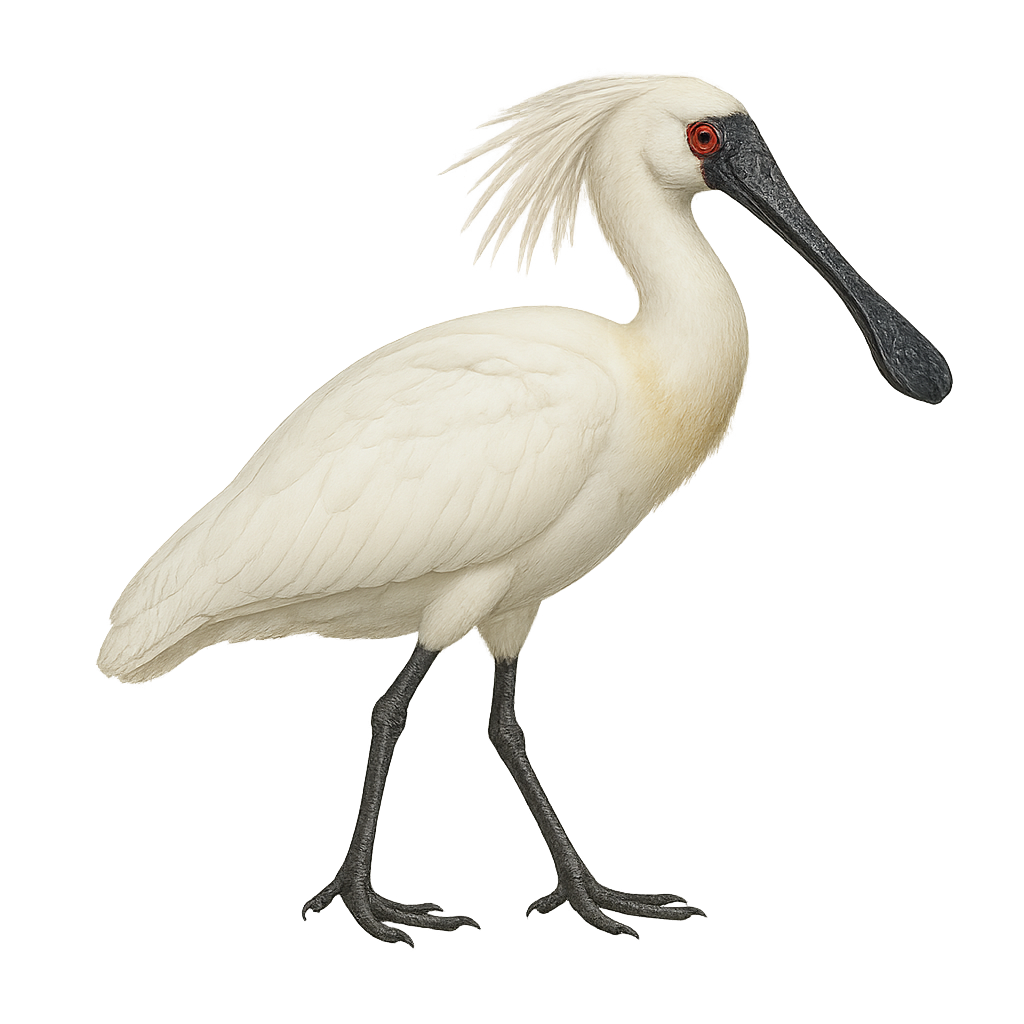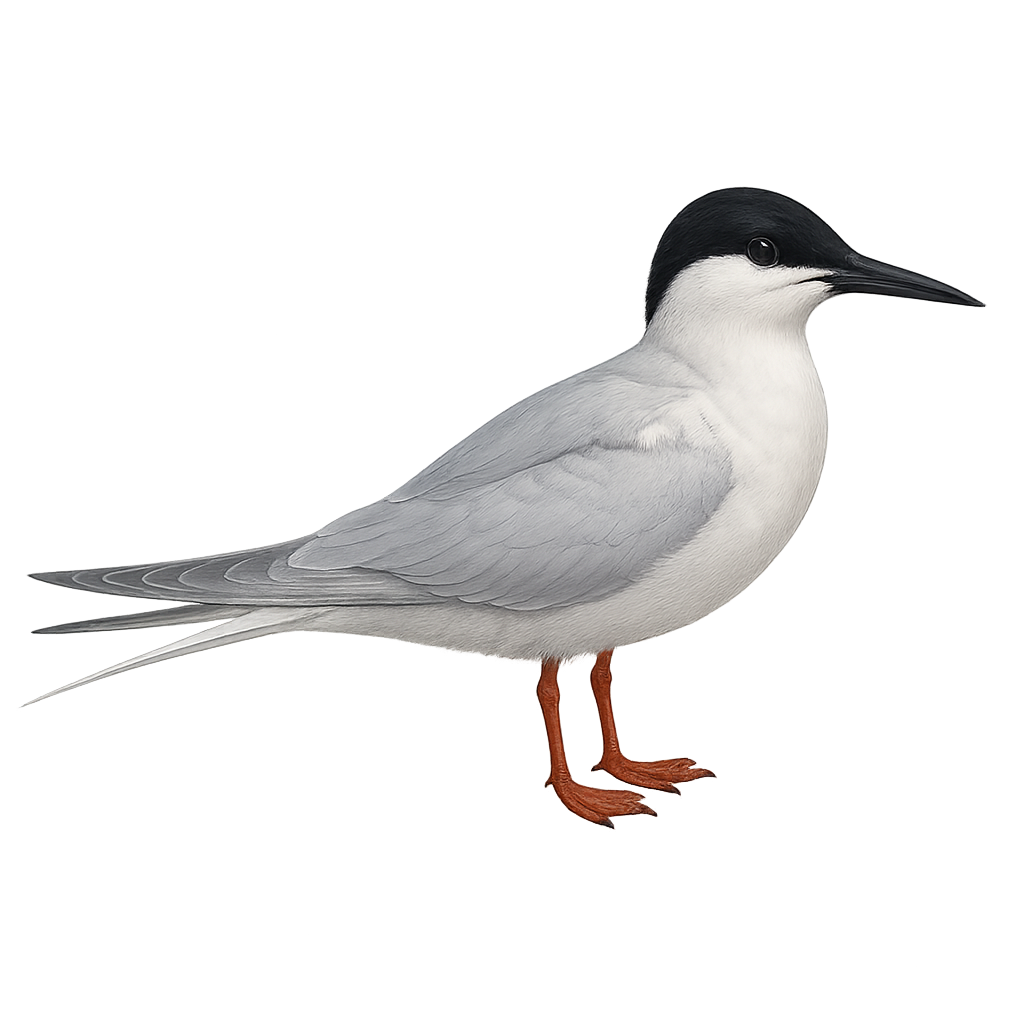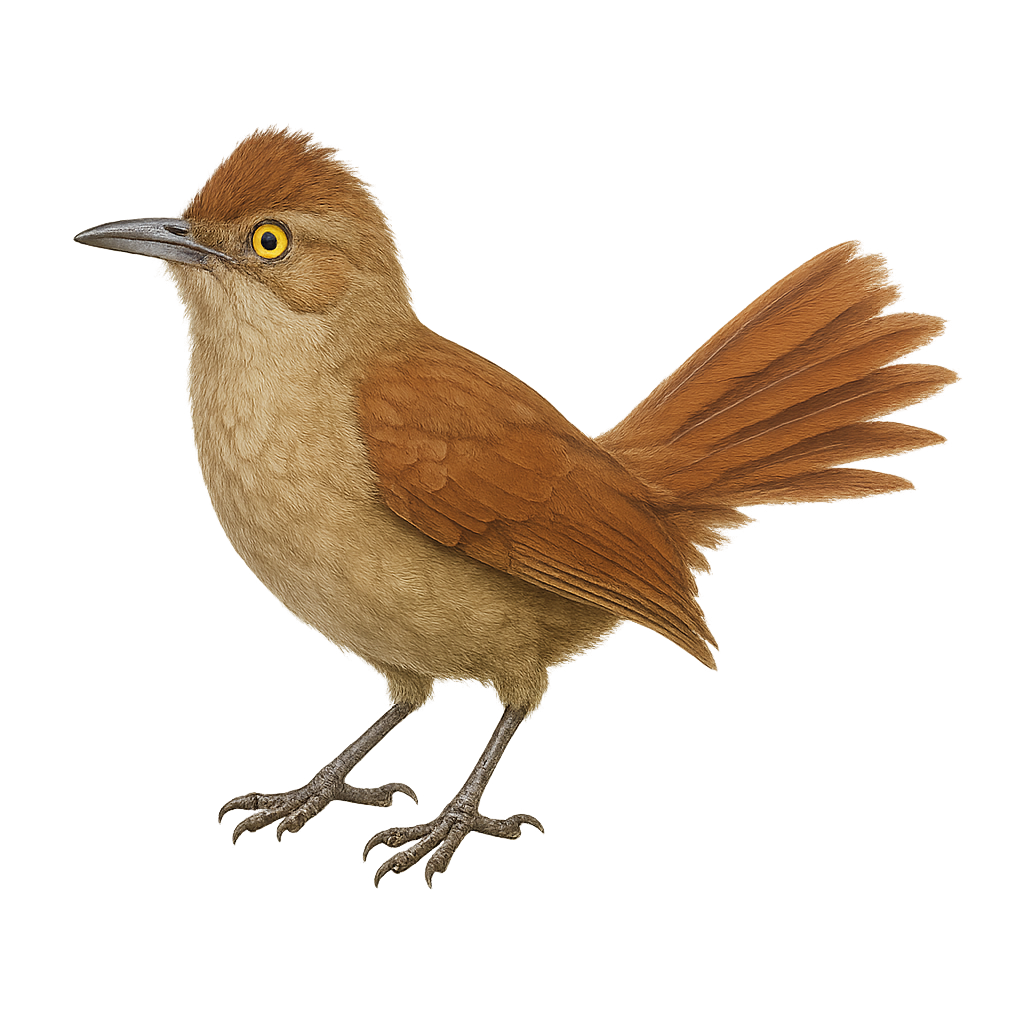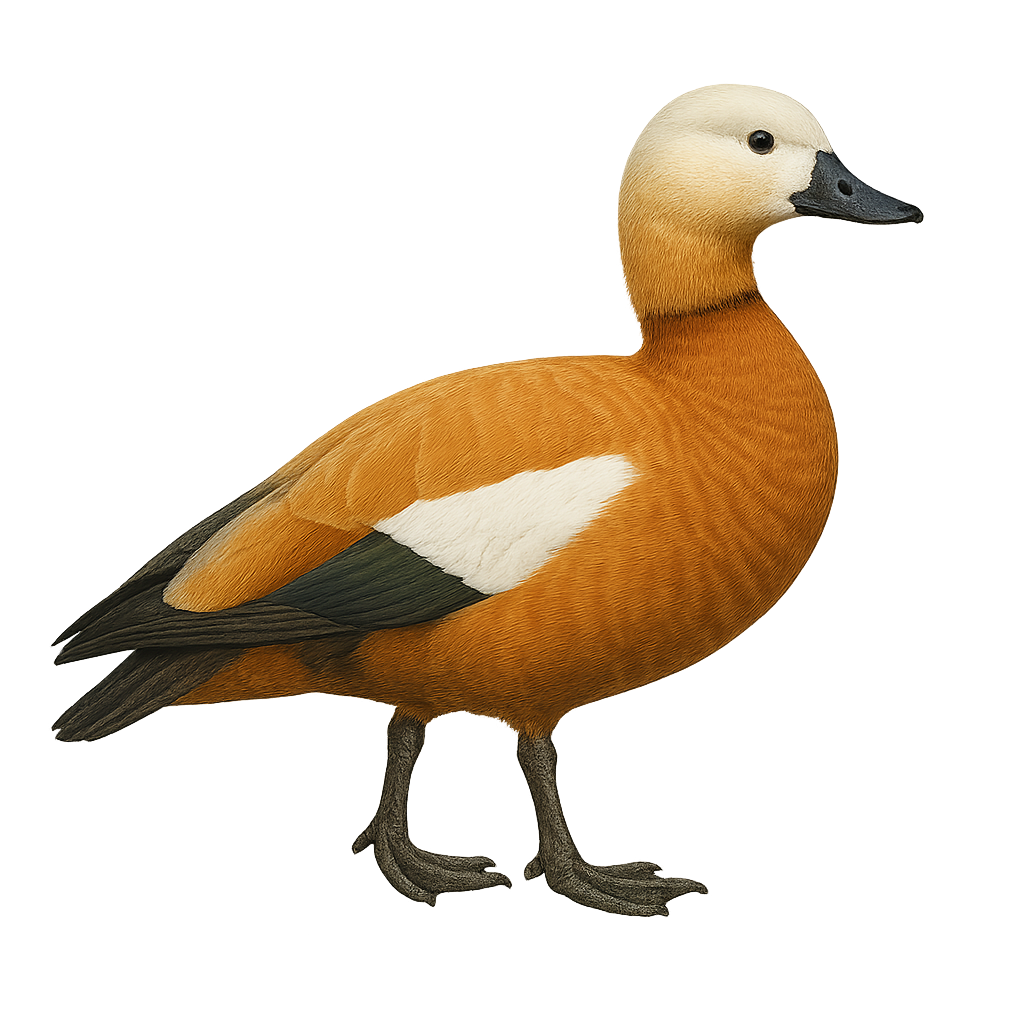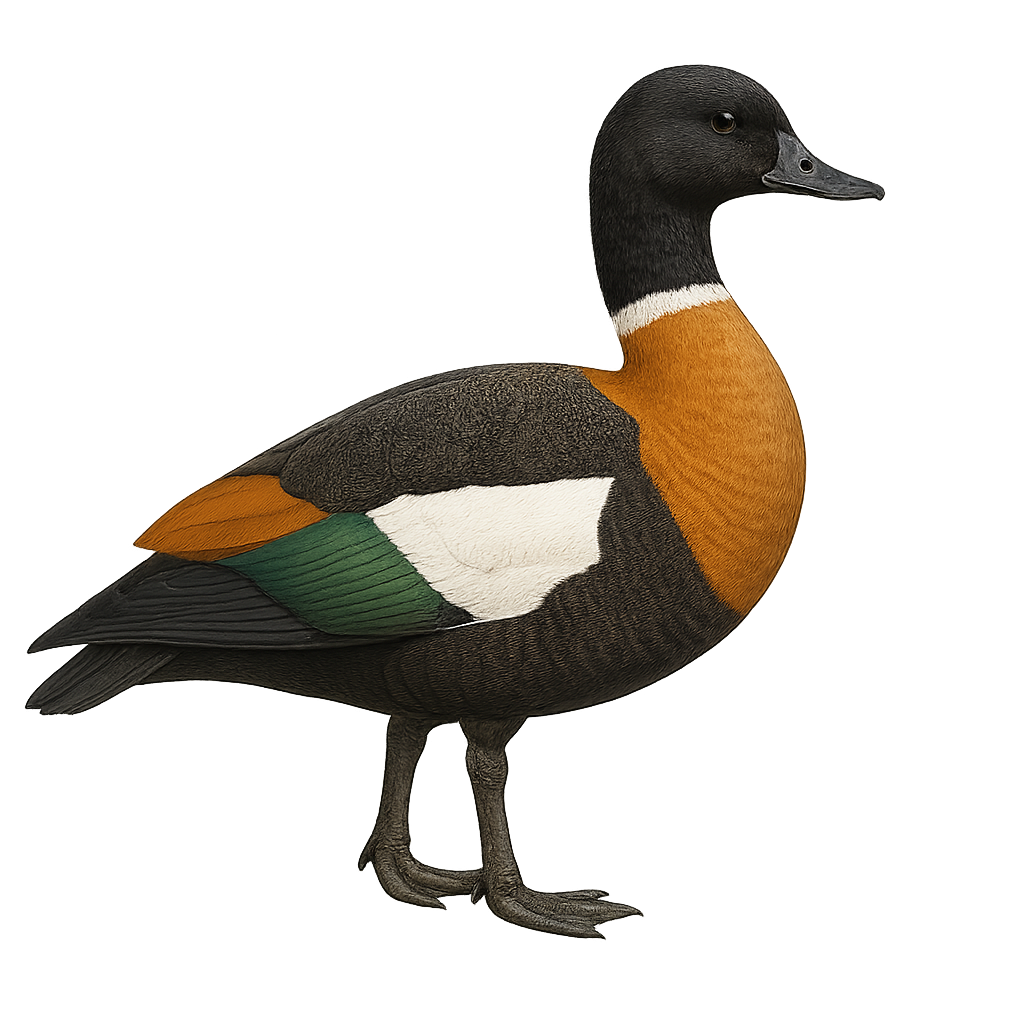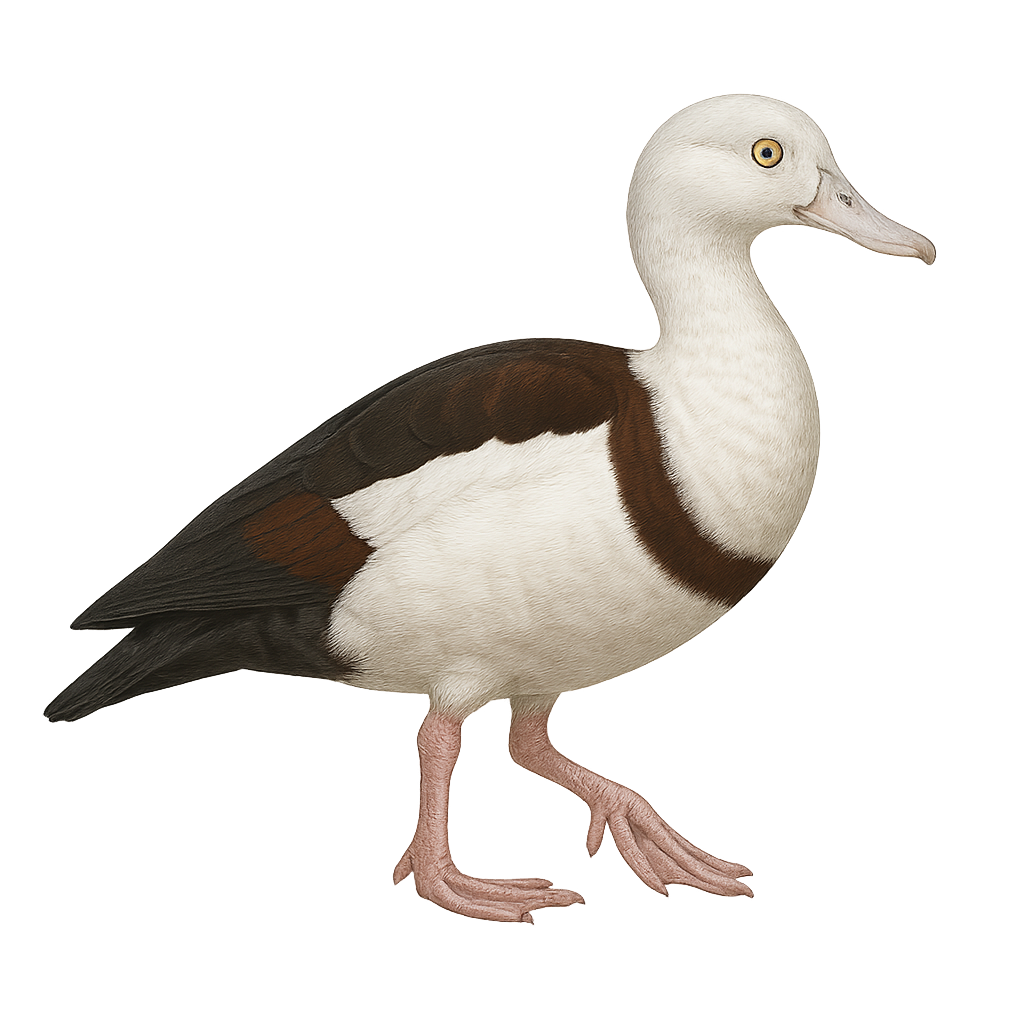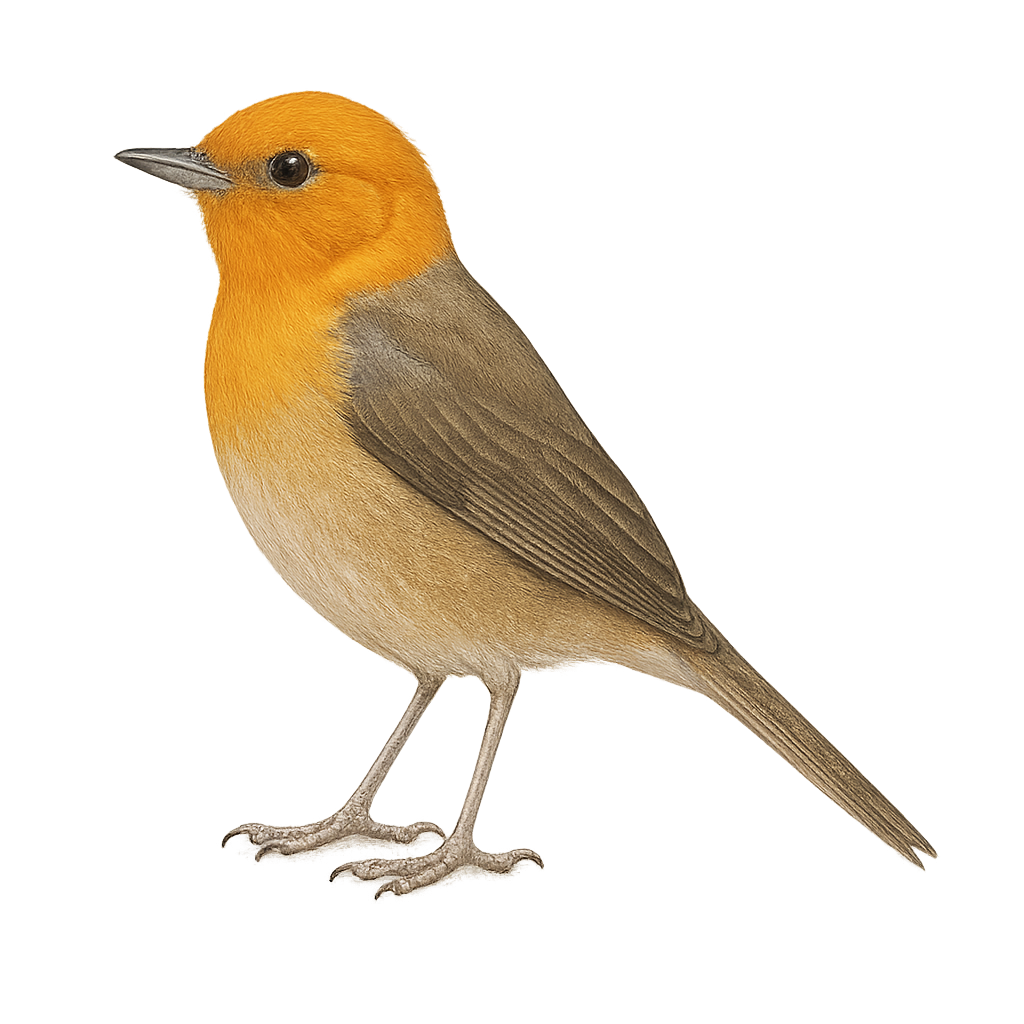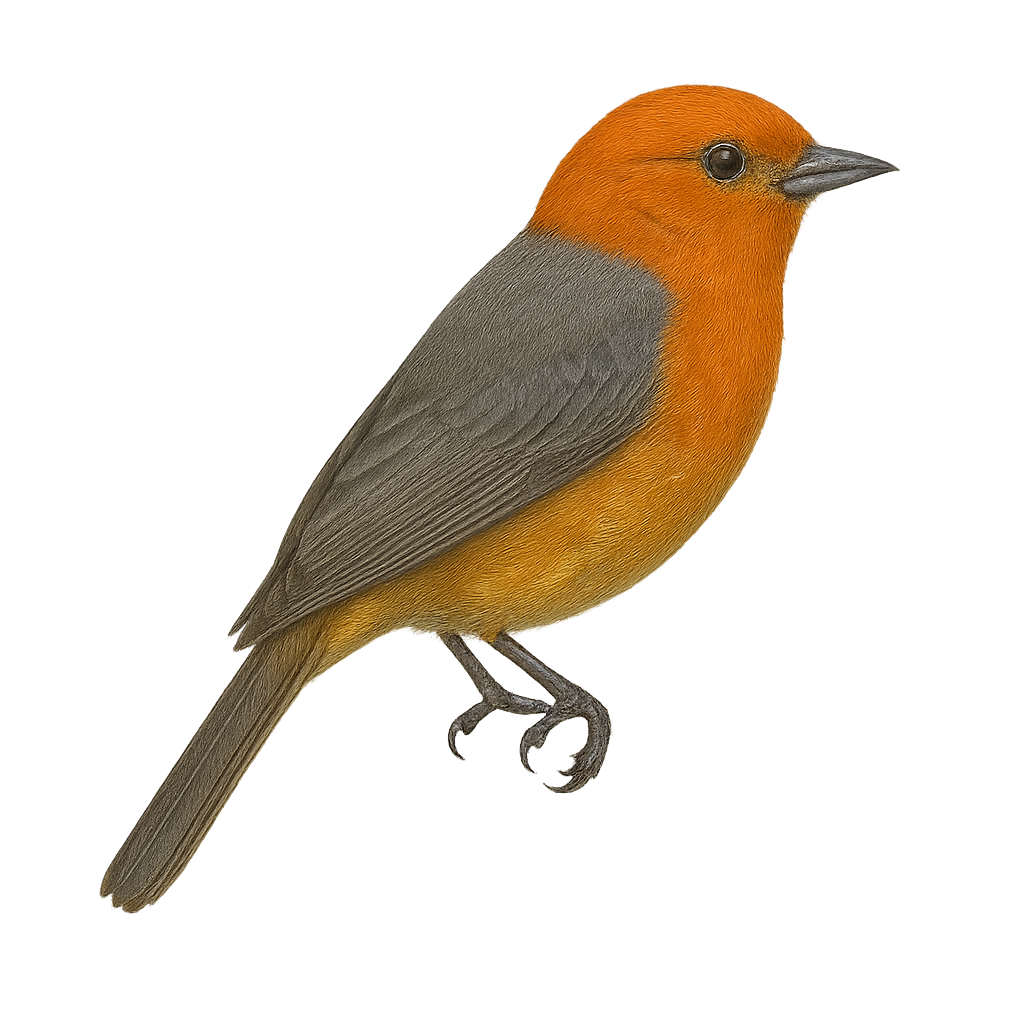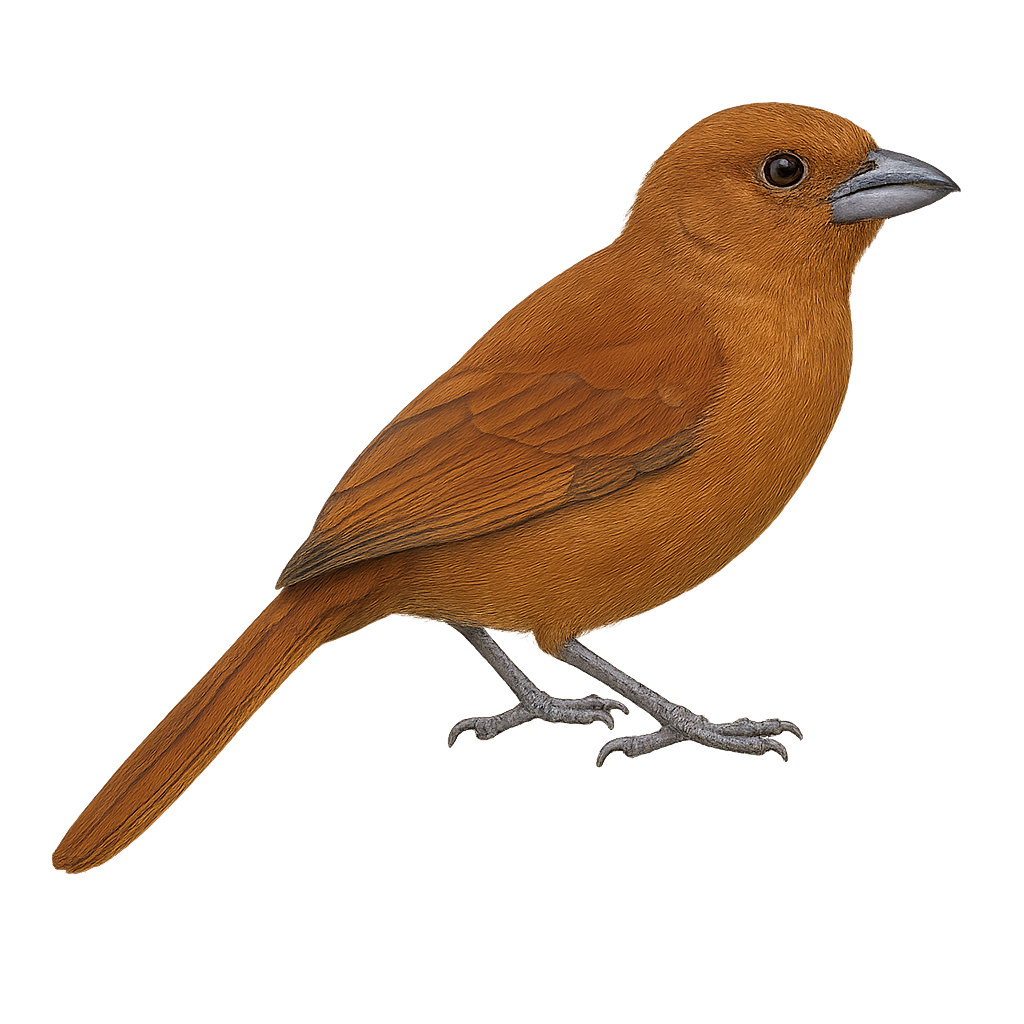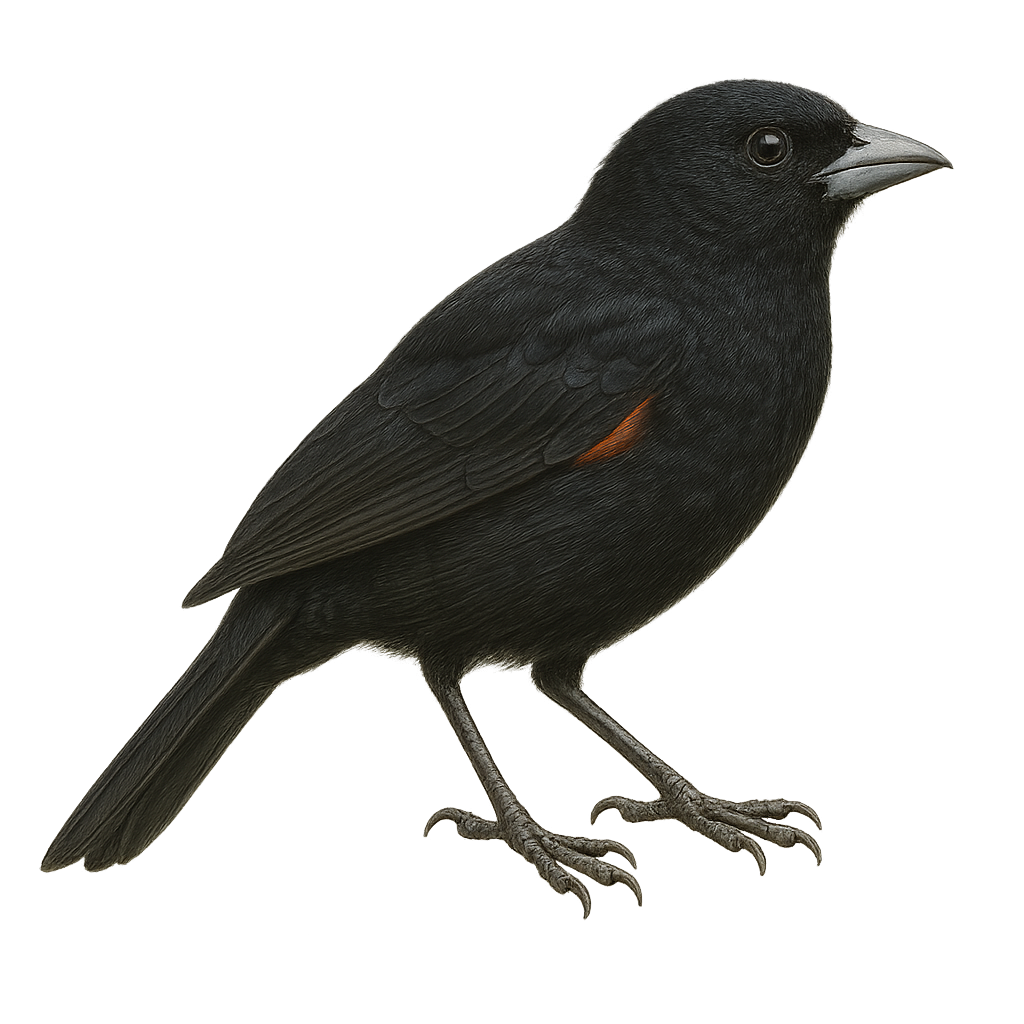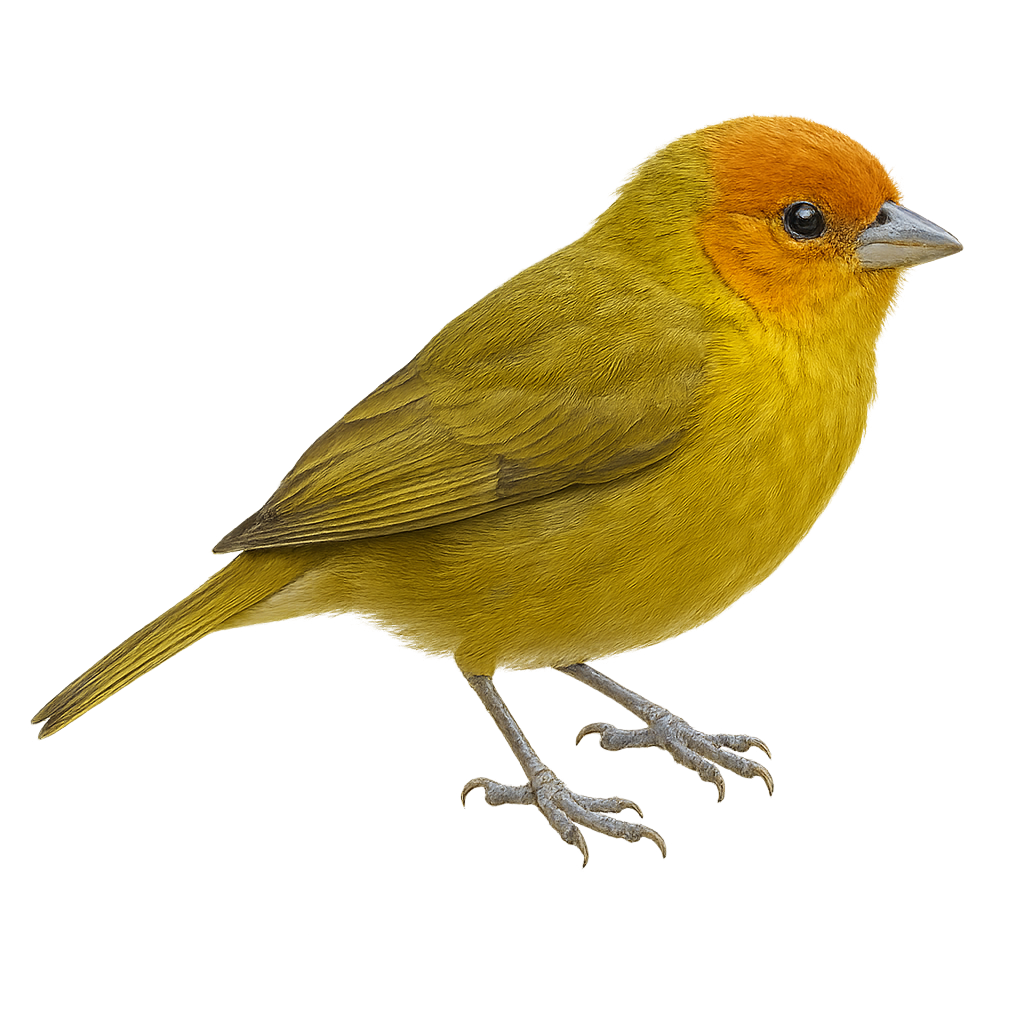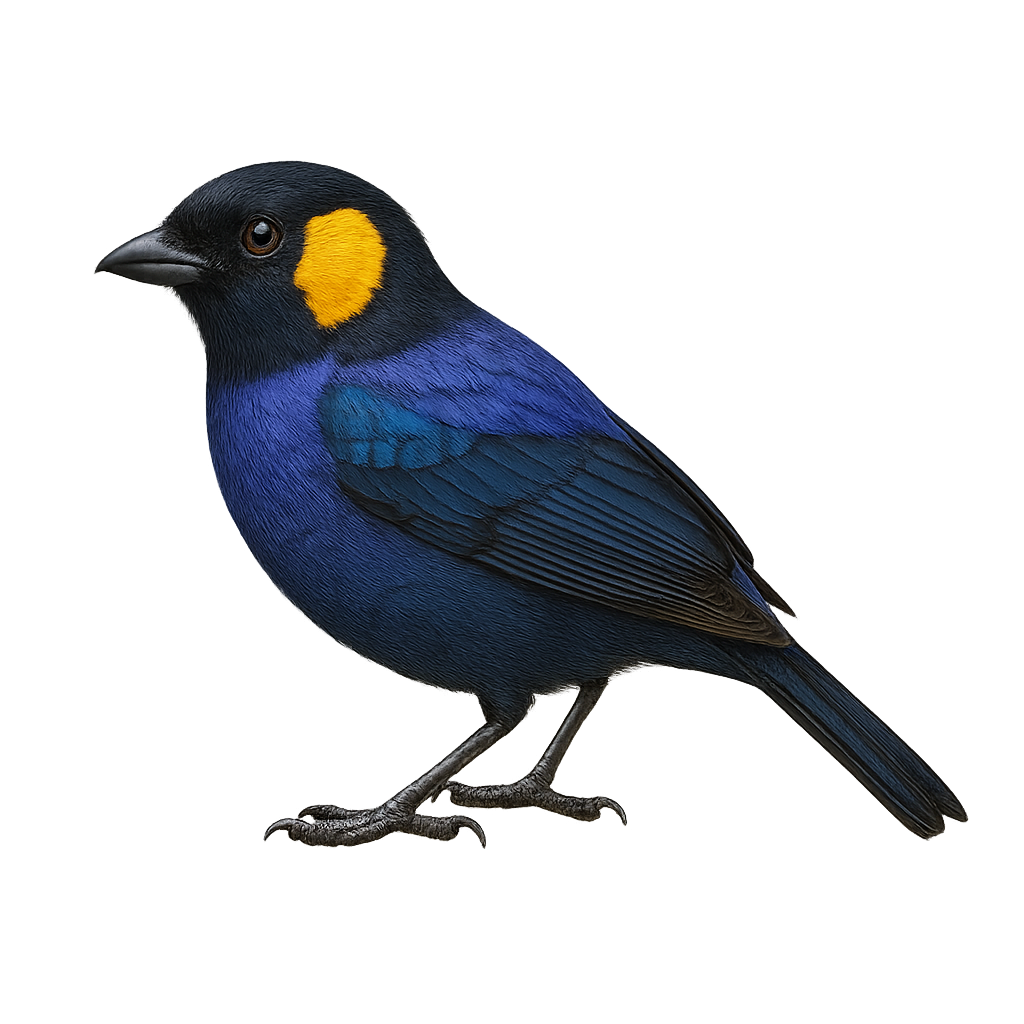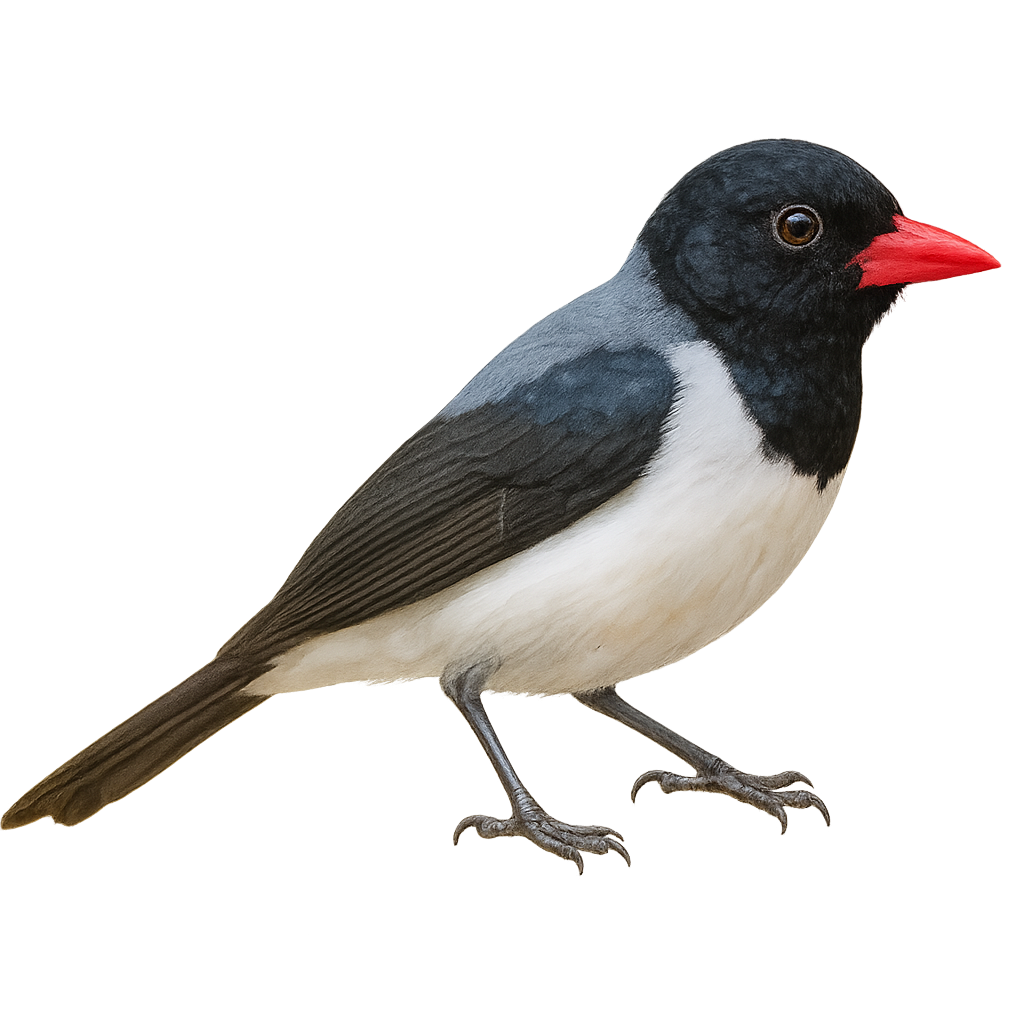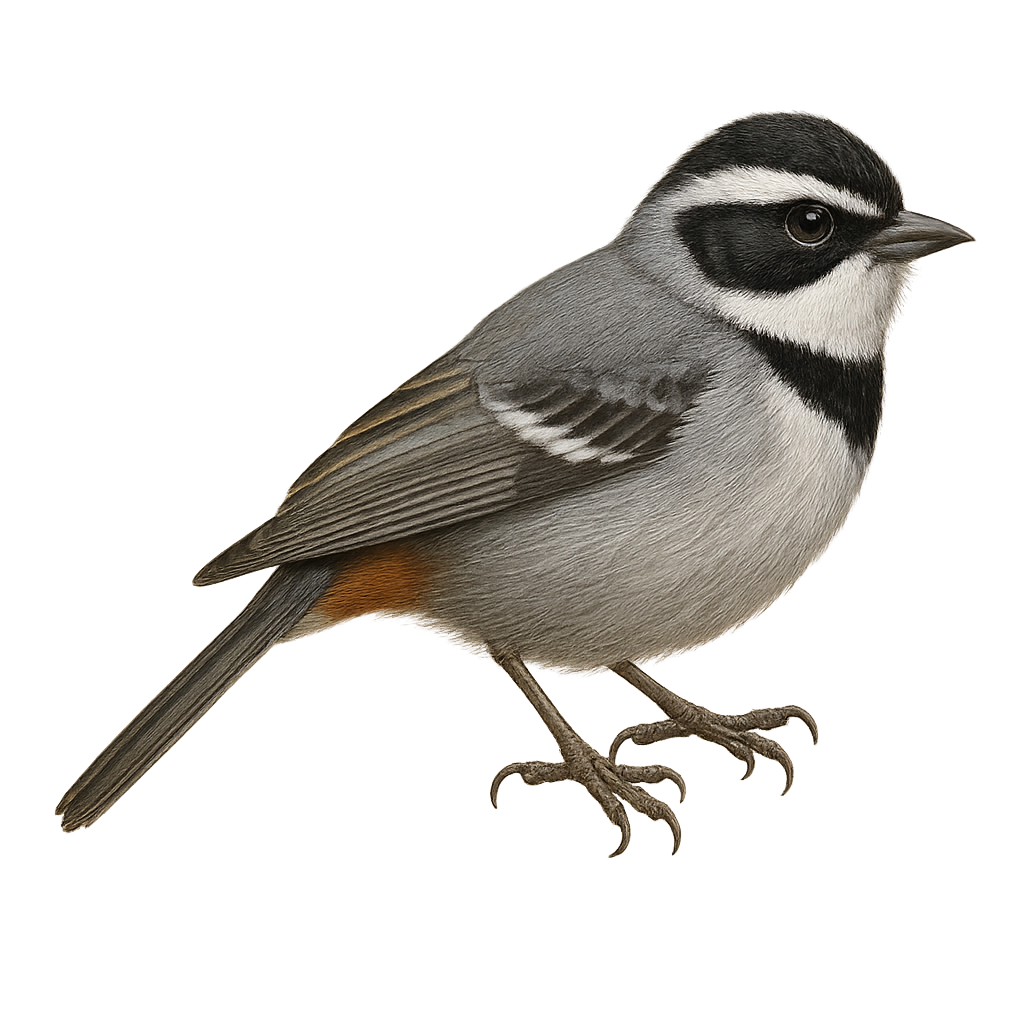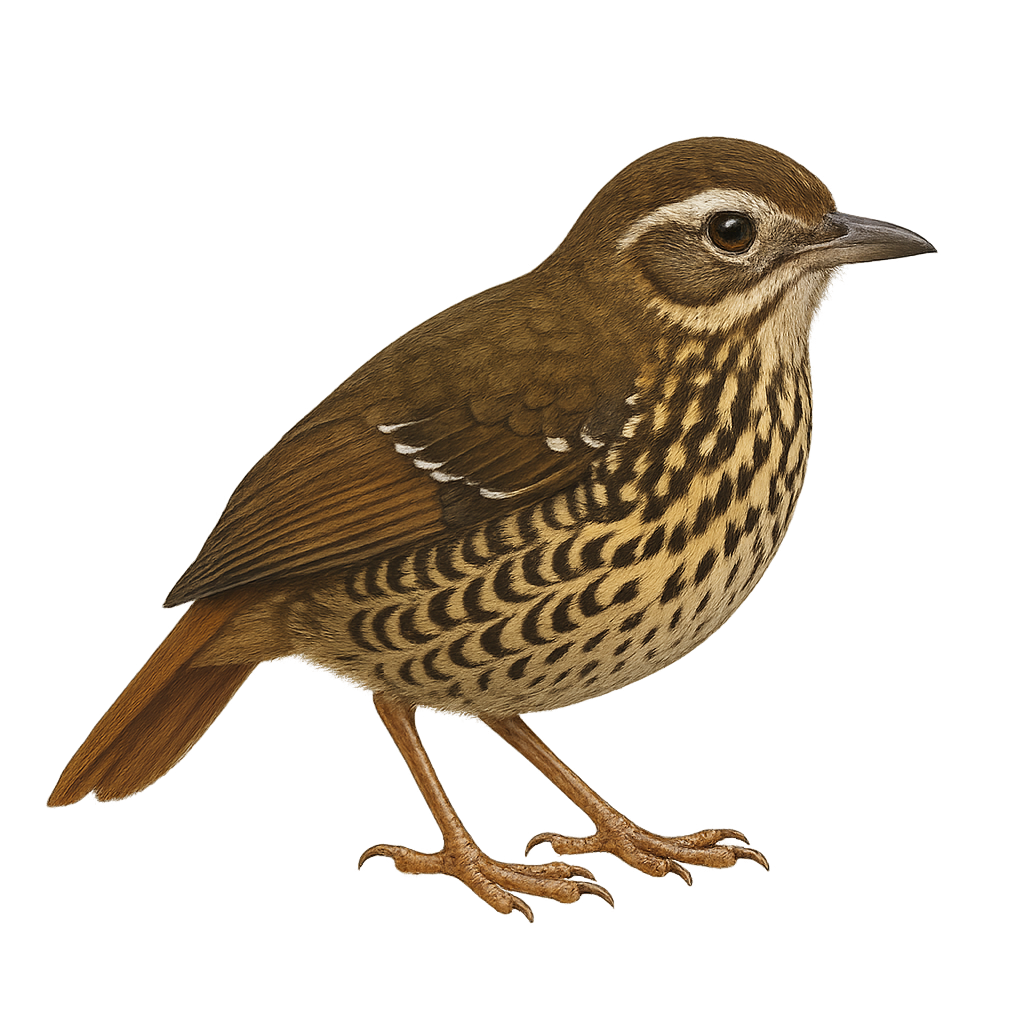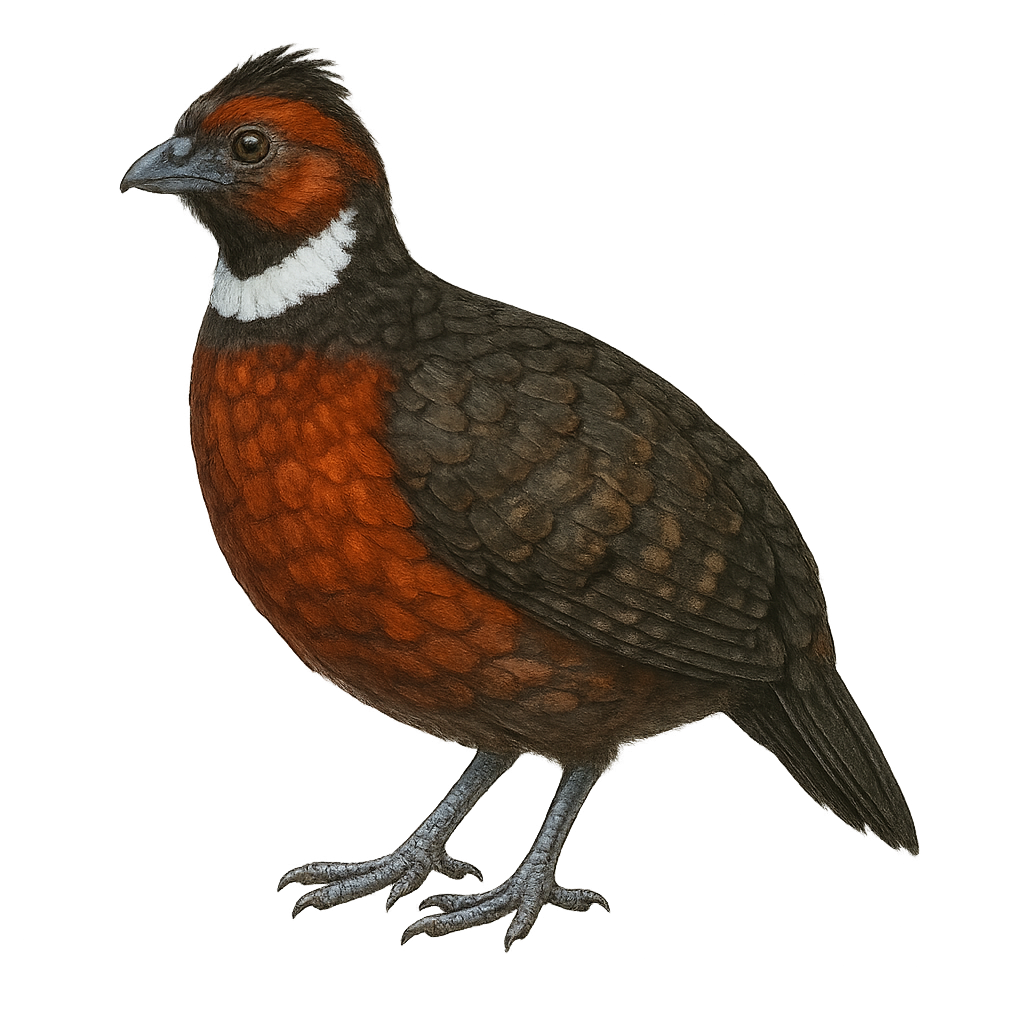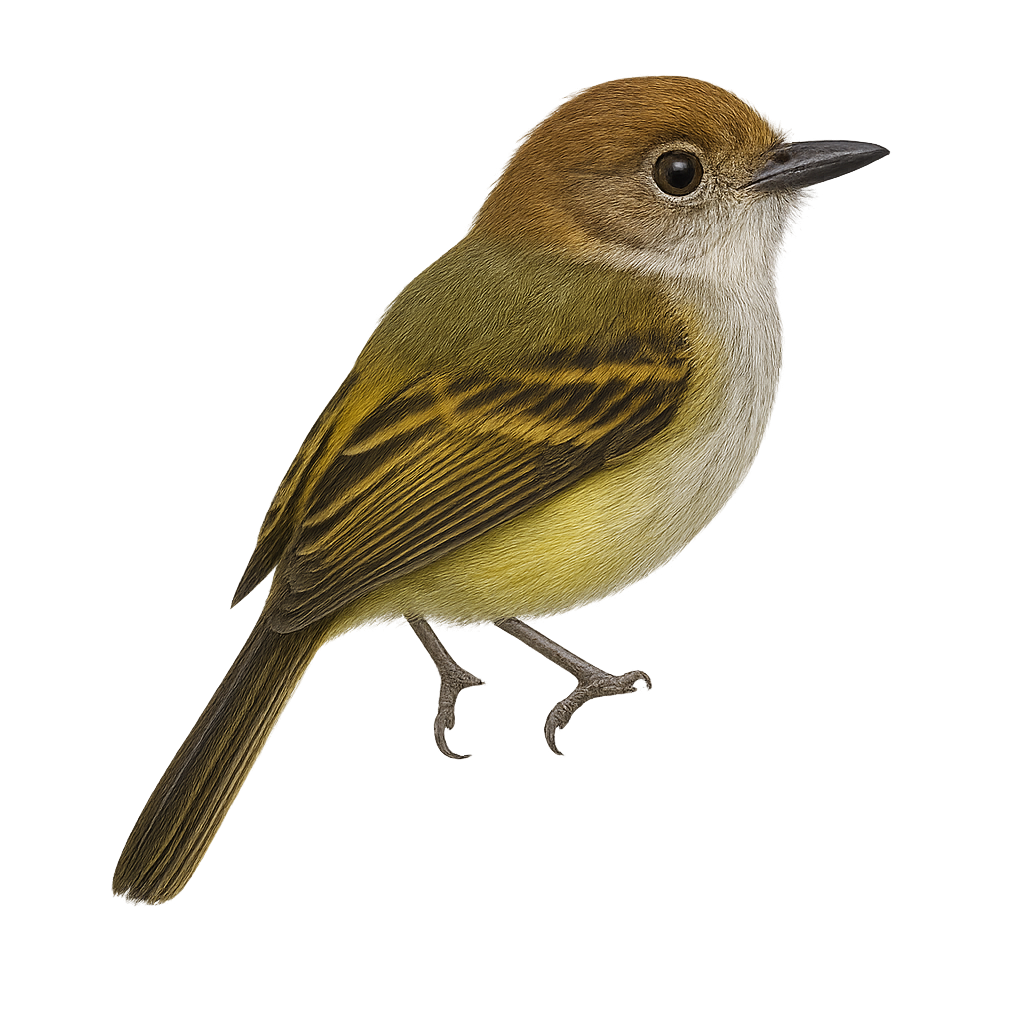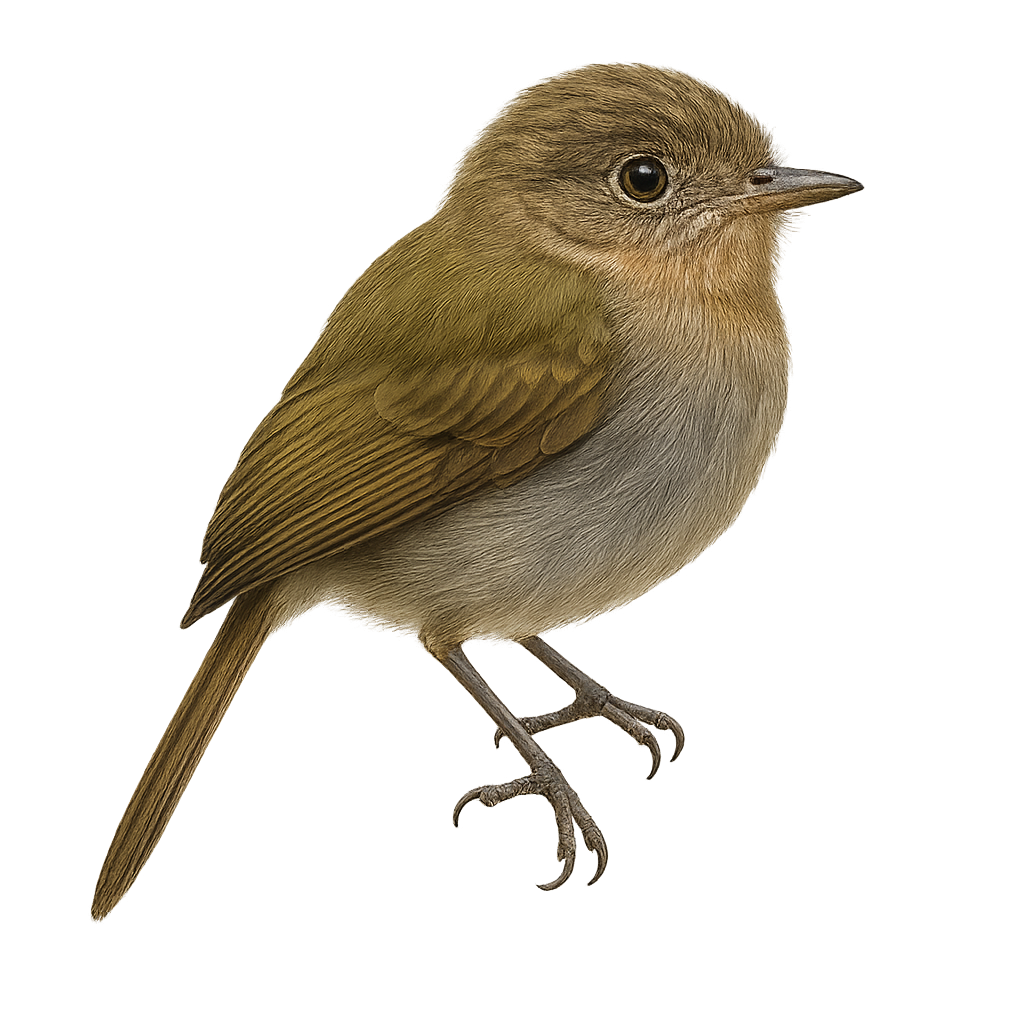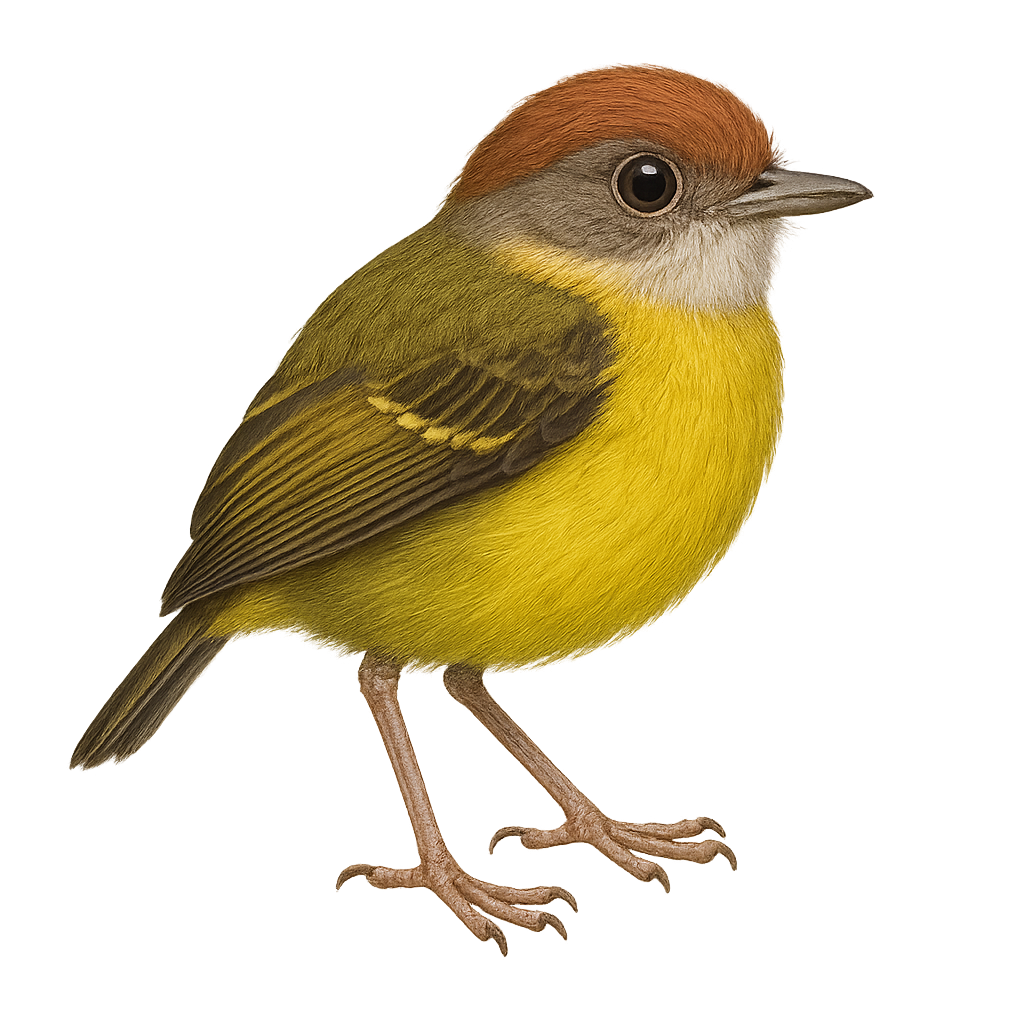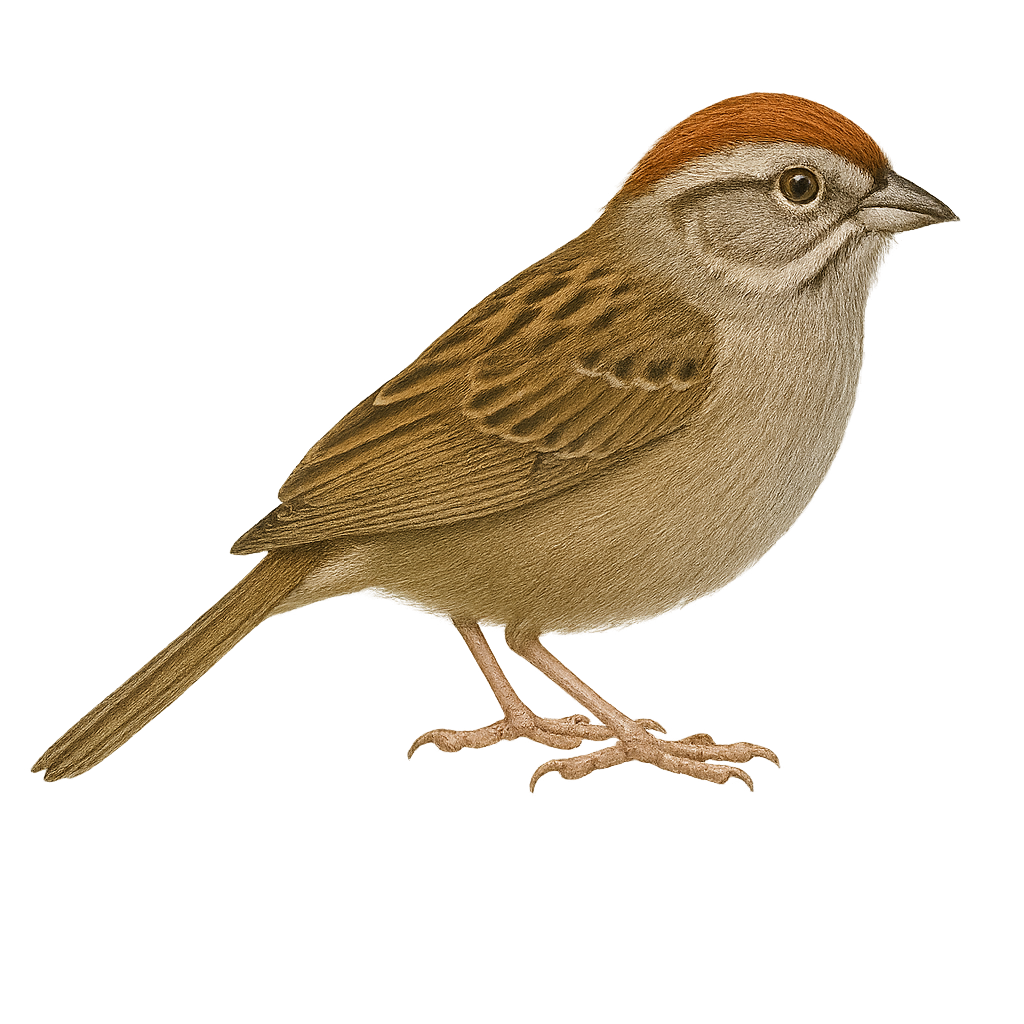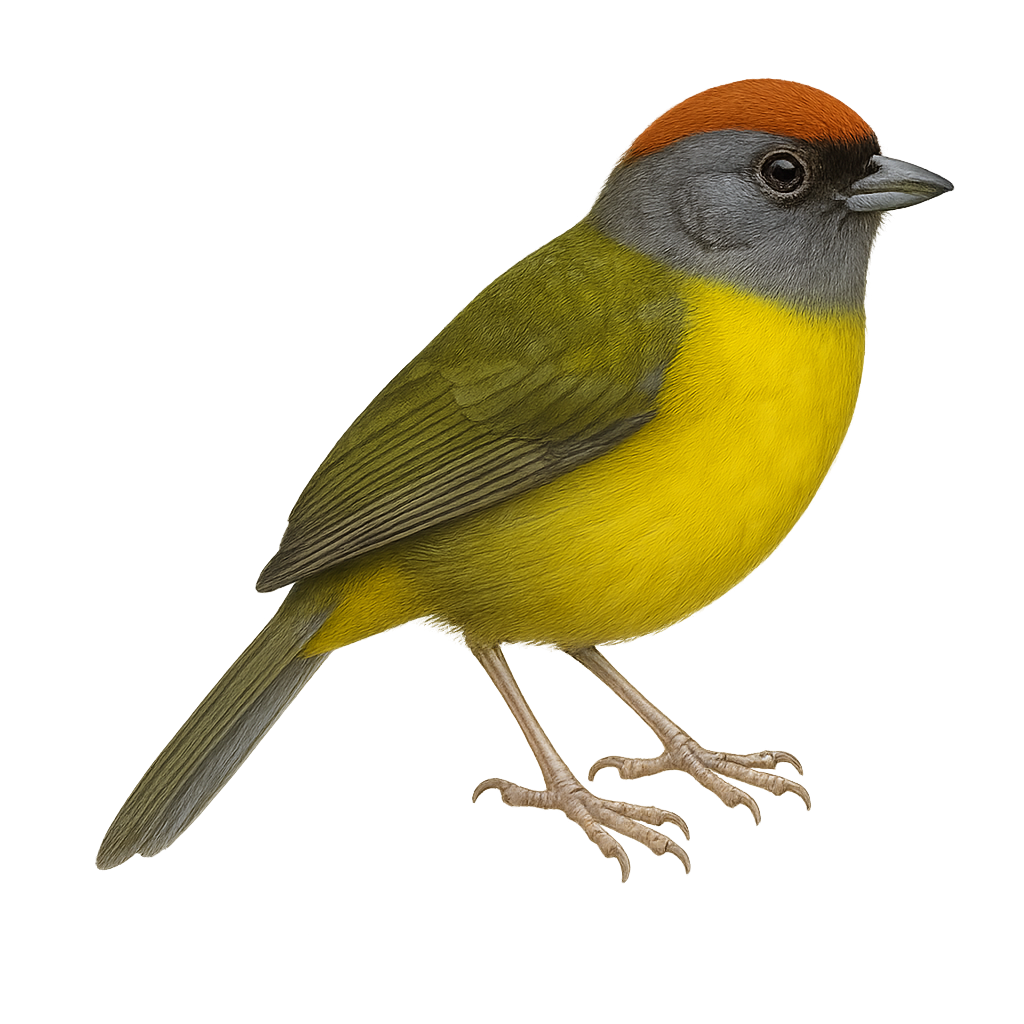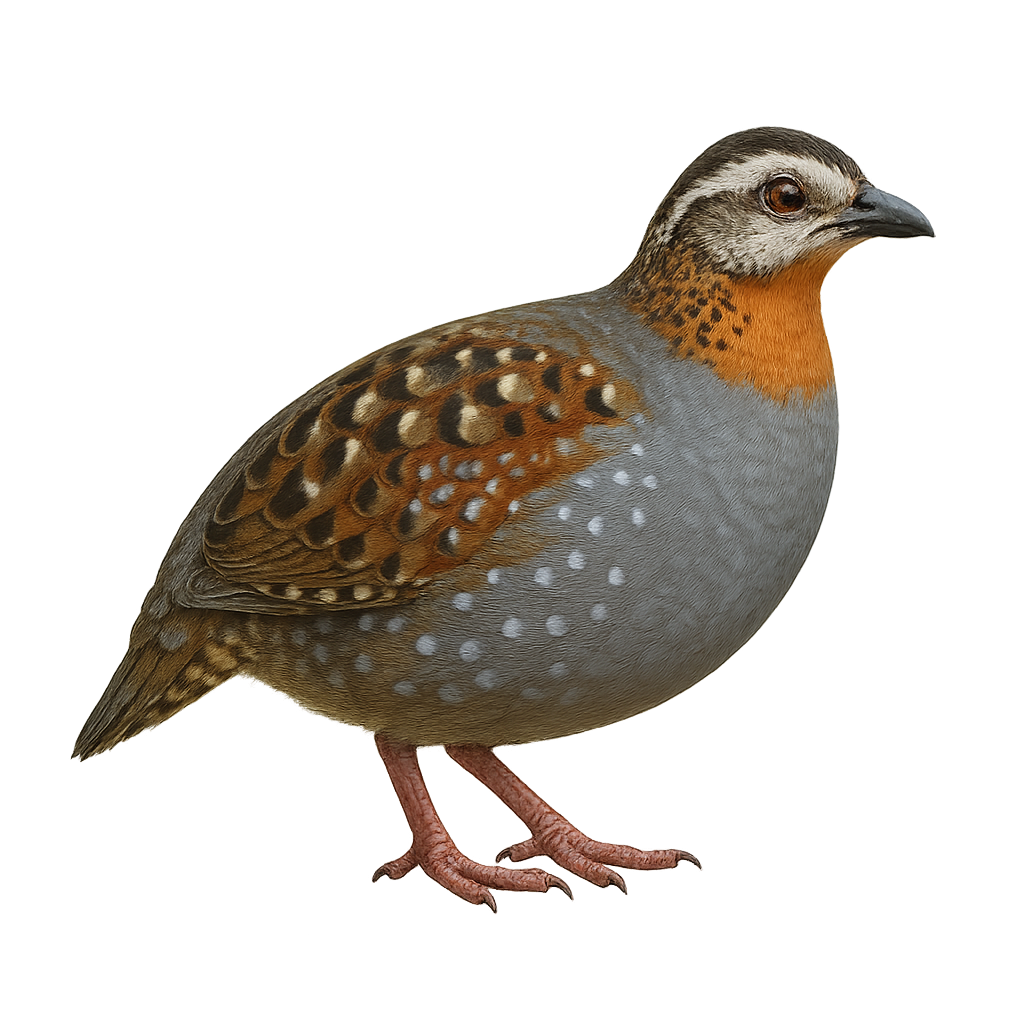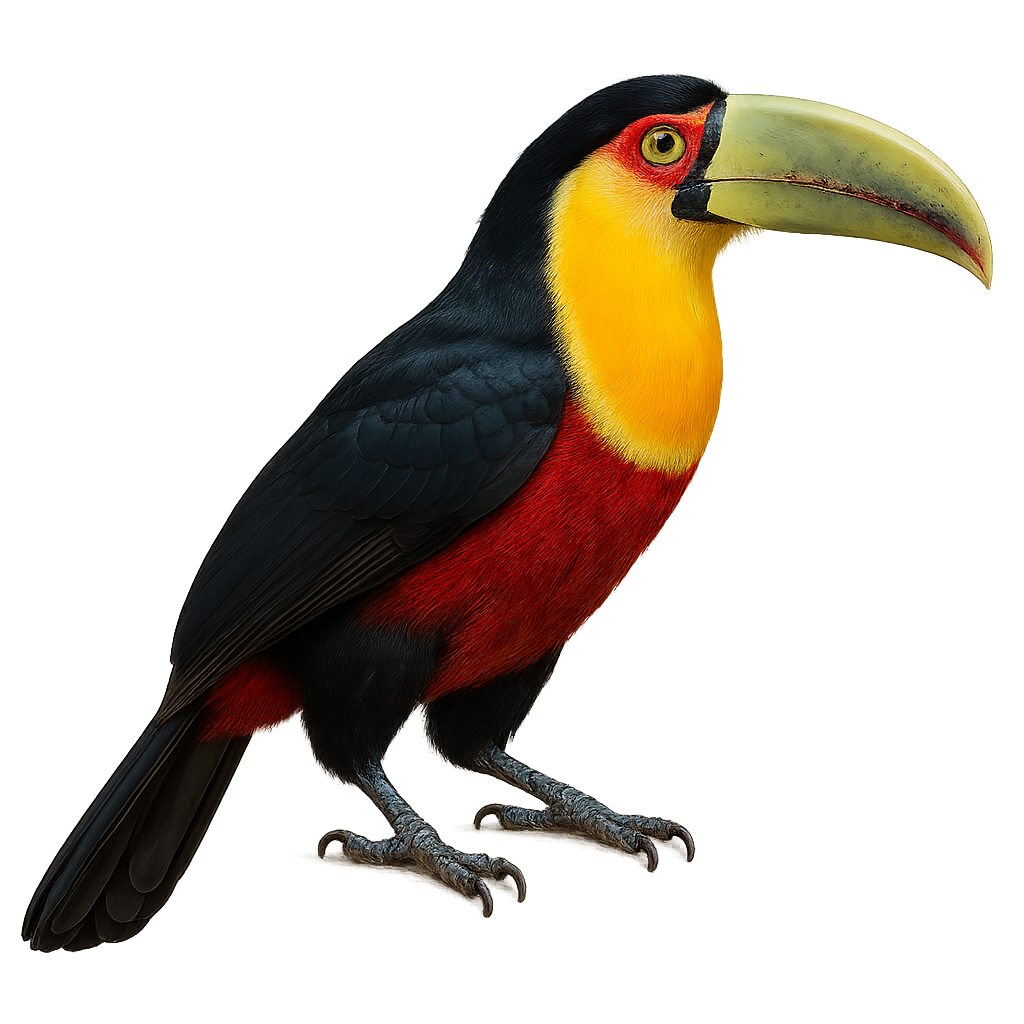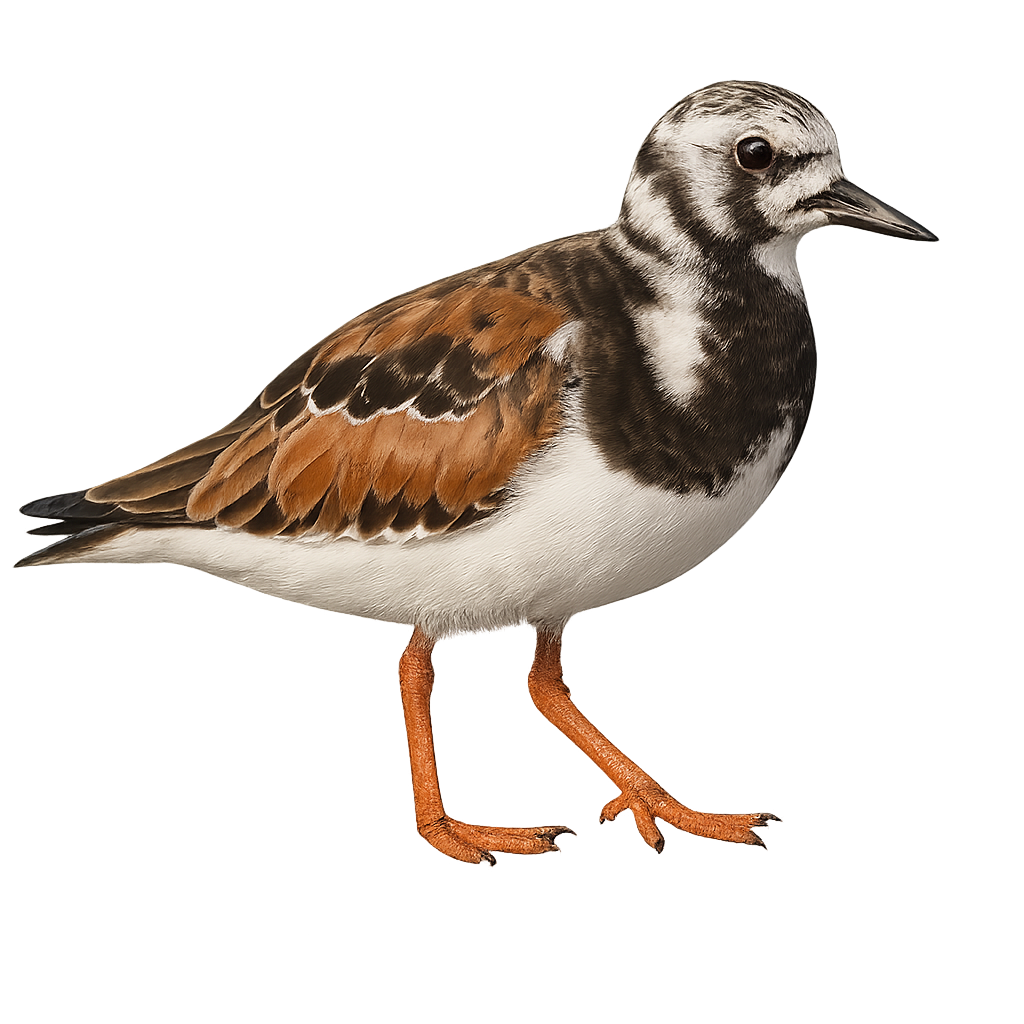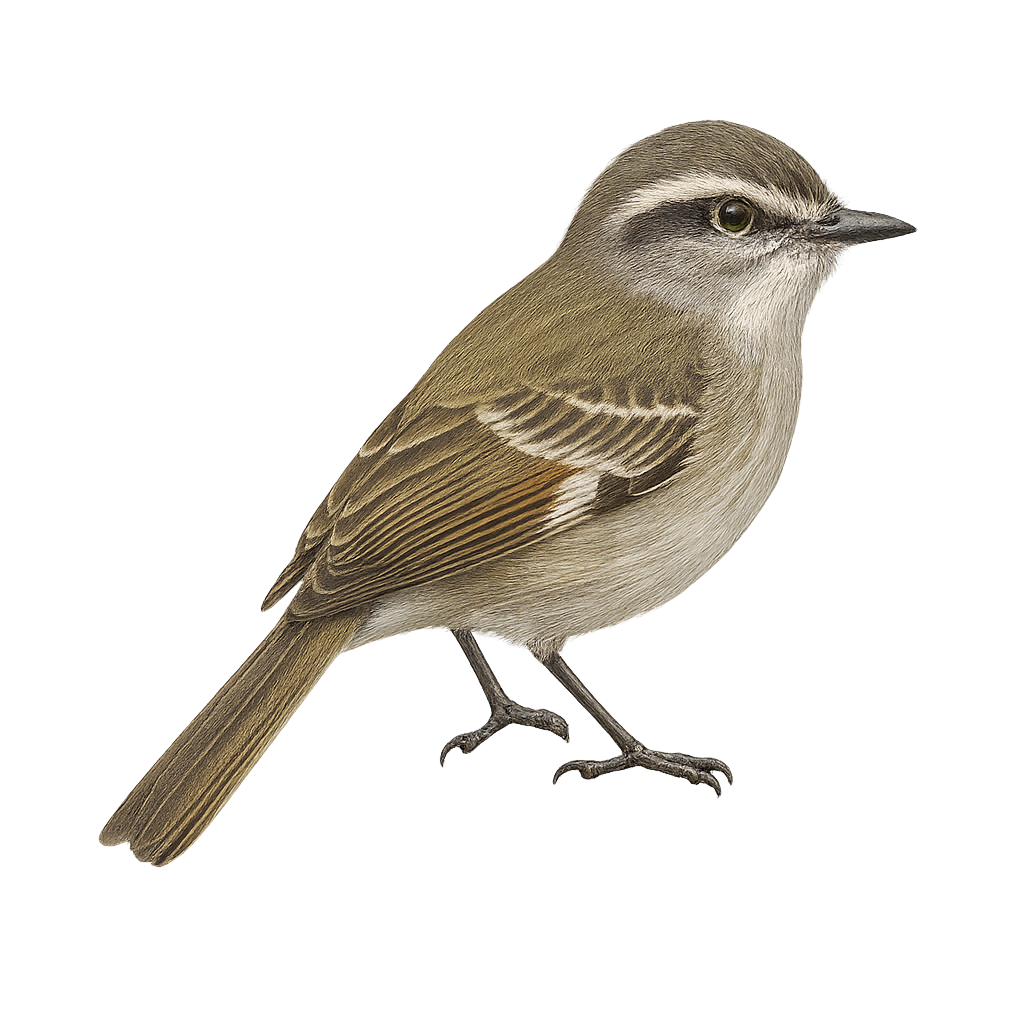The Royal Spoonbill, Platalea regia, is an elegant waterbird known for its pristine white plumage and distinctive spoon-shaped bill. It primarily inhabits wetlands in Australia, New Zealand, and some Pacific islands. This bird feeds mainly on small fish, crustaceans, and aquatic insects, which it captures by sweeping its bill through the water. The Royal Spoonbill is often seen in small groups, especially during the breeding season. It builds its nest in trees or shrubs near water. Although its conservation status is currently "Least Concern," habitat destruction remains a potential threat.
The Roseate Tern is an elegant seabird, recognizable by its pure white plumage, graceful wings, and black bill with a red tip. It frequents coasts and islands, often nesting in colonies on sandy beaches or rocky islets. Its flight is agile and fast, often punctuated by spectacular dives to catch fish at the water's surface. A migratory bird, it travels long distances between its breeding sites in Europe and its wintering grounds in Africa or South America. The Roseate Tern is a protected species, as it is vulnerable to human disturbances and predation by introduced species.
The Royal Tern, or Thalasseus maximus, is an elegant seabird known for its large size and striking white plumage, contrasted by a black cap on its head. Its bright orange bill and long, slender wings give it a majestic appearance in flight. It primarily inhabits Atlantic coasts and estuaries, feeding on fish caught with precision diving. Sociable by nature, it nests in dense colonies on sandy islets or isolated beaches. Although its conservation status is currently "least concern," it remains sensitive to human disturbances and habitat degradation.
The Rufous-fronted Thornbird, or Phacellodomus ruber, is a bird from the Furnariidae family, primarily found in South America. It is identifiable by its reddish-brown plumage and long, tapered tail. This bird measures about 18 to 20 cm in length and weighs between 20 and 30 grams. It is often seen in dry forests, savannas, and shrublands, where it builds elaborate dome-shaped nests with twigs. The Rufous-fronted Thornbird is a social bird, often seen in pairs or small groups. Its song is a fast, repetitive trill used to mark its territory. Although not threatened, deforestation could impact its natural habitats.
The Ruddy Shelduck, or Tadorna ferruginea, is a medium-sized waterfowl known for its striking orange-brown plumage and pale head. Males and females look similar, though males have a black neck ring during the breeding season. This bird favors open habitats near freshwater, such as lakes and rivers. It is primarily herbivorous, feeding on aquatic plants, but may also eat insects and small invertebrates. The Ruddy Shelduck is a partial migrant, moving southward in winter. It is often seen in pairs or small groups and is known for its distinctive, melodious call.
The Radjah Shelduck, scientifically known as Tadorna tadornoides, is a medium-sized waterfowl distinguished by its striking white plumage and distinctive black markings on its wings and back. Native to Australia and New Guinea, it primarily inhabits wetlands, marshes, and rivers. This duck is often seen in pairs or small groups, feeding on aquatic plants, insects, and small crustaceans. Its breeding season typically coincides with the rainy season, providing a resource-rich environment for raising its young. The Radjah Shelduck is appreciated for its beauty and relatively tolerant behavior, making it a favored subject for wildlife photographers.
The Radjah Shelduck, scientifically known as Radjah radjah, is an elegant and distinctive waterbird primarily found in coastal regions and wetlands of Australia and New Guinea. It is characterized by its pure white plumage, contrasting with a black band on the wings and a pinkish hue on the bill. This duck prefers freshwater and brackish environments and is often seen in pairs or small groups. Although relatively tolerant, it remains vigilant against potential threats. The Radjah Shelduck feeds mainly on aquatic plants, insects, and small invertebrates. Its breeding season varies by region but is generally influenced by rainfall and resource availability.
The Rufous-chested Tanager, Thlypopsis pectoralis, is a bird from the Thraupidae family. It is mainly found in the mountainous regions of western South America, particularly in Peru and Bolivia. This bird is distinguished by its characteristic rufous chest, contrasting with its gray back and dark wings. It inhabits humid forests and shrublands at altitudes ranging from 1000 to 3000 meters. The Rufous-chested Tanager is a diurnal bird, often seen in small groups or pairs. Its melodious song and vibrant colors make it a favorite among birdwatchers and photographers. Although its conservation status is currently "least concern," deforestation could threaten its habitat in the future.
The Rufous-chested Tanager, or Thlypopsis ornata, is a small, colorful bird belonging to the Thraupidae family. It is primarily found in the mountainous regions of South America, particularly in Colombia, Ecuador, and Peru. This bird is notable for its vibrant plumage, featuring a rufous chest and wings with shades of gray and brown. It mainly inhabits humid forests and wooded areas, often at altitudes between 1500 and 3000 meters. The Rufous-chested Tanager is a diurnal bird, active mainly during the day, and feeds primarily on insects and fruits. Although generally suspicious, it can sometimes be seen in small groups.
The Ruby-crowned Tanager, or Tachyphonus rufus, is a medium-sized bird, about 18 cm long. It is easily recognizable by its glossy black plumage in males, with a bright red patch on the back, while females have duller, often brownish tones. This bird is primarily frugivorous but also feeds on insects. It is found in humid tropical forests, forest edges, and sometimes in gardens. It is widespread in South America, notably in Brazil, Argentina, and Paraguay. The Ruby-crowned Tanager is a sociable bird, often seen in small groups or pairs. Its song is melodious, composed of clear and repetitive notes.
The Red-crowned Ant-Tanager, Tachyphonus phoenicius, is a medium-sized bird known for its striking red head contrasting with its brownish body. It primarily inhabits the humid tropical forests of Central and South America. Often seen in small groups, this bird feeds on insects and fruits. Its melodious song and vibrant colors make it a favorite among birdwatchers. Although relatively common, its population is threatened by deforestation. Preserving its natural habitat is crucial for its survival. The Red-crowned Ant-Tanager plays a vital role in seed dispersal, contributing to the health of forest ecosystems.
The Rufous-capped Warbler, or Thlypopsis ruficeps, is a small, colorful bird primarily found in the humid forests and wooded areas of South America. Its distinctly rufous head contrasts with its more neutral-toned body, making it a captivating sight for birdwatchers. Often seen in small groups, it moves nimbly through foliage in search of insects and fruits. Although discreet, its melodious song often betrays its presence. This tanager is a perfect example of birds adapting to specific ecological niches, using its plumage for camouflage while exploiting available food resources in its habitat.
The Reinhardt's Tanager is a colorful bird belonging to the Thraupidae family. It is mainly found in the humid montane forests of South America, particularly in Colombia and Ecuador. This bird is distinguished by its vibrant plumage, featuring shades of blue, yellow, and black. It is often seen in small groups, feeding on fruits and insects. Although its habitat is relatively stable, deforestation poses a potential threat to its population. Reinhardt's Tanager is a fascinating bird for ornithologists and nature enthusiasts, thanks to its striking colors and social behavior.
The Red-billed Pied Tanager, or Lamprospiza melanoleuca, is a fascinating bird distinguished by its contrasting black and white plumage. This small passerine is primarily found in the tropical rainforests of South America, particularly in Brazil, Bolivia, and Peru. It prefers dense habitats where it can feed on fruits, insects, and small invertebrates. The Red-billed Pied Tanager is often seen in small groups, actively moving through the canopy in search of food. Although its song is not particularly melodious, it plays an essential role in communication among group members. Its ability to adapt to different forest types makes it a resilient bird in the face of environmental changes.
The Ringed Warbling-Finch, or Microspingus torquatus, is a small passerine bird belonging to the Thraupidae family. It is primarily found in the arid and semi-arid regions of South America, particularly in Argentina, Bolivia, and Paraguay. This bird is characterized by its bluish-gray plumage with a distinctive black collar around the throat. The wings and tail exhibit shades of brown and black. The Ringed Warbling-Finch is a diurnal bird, often seen in small groups or pairs, feeding mainly on seeds and insects. Known for its melodious song, it is often heard at dawn. Although relatively common in its natural habitat, it is crucial to protect its living areas from environmental threats.
The Rufous-tailed Antthrush is a discreet, ground-dwelling bird belonging to the Formicariidae family. It is primarily found in the humid forests of eastern Brazil, often hiding in dense vegetation. This medium-sized bird, measuring about 20 cm, is distinguished by its brownish-red plumage and long rufous tail. Its melodious and repetitive song is often heard before the bird is seen. The Rufous-tailed Antthrush feeds mainly on insects and other small invertebrates found by foraging on the forest floor. Known for its shy nature, observing this bird is a challenge for birdwatching enthusiasts.
The Red-fronted Wood-Quail, scientifically known as Odontophorus erythrops, is a medium-sized terrestrial bird found primarily in the humid forests of the Andes. It is characterized by its dark brown plumage with scaly patterns and a distinctive red patch on its forehead. This bird is more often heard than seen, as it prefers to hide in dense vegetation. It feeds mainly on seeds, fruits, and insects found by scratching the forest floor. The Red-fronted Wood-Quail is monogamous and forms stable pairs. Its elusive nature and challenging habitat make it a difficult subject for birdwatchers and photographers.
The Rusty-fronted Tody-Flycatcher (Poecilotriccus latirostris) is a small bird from the Tyrannidae family, commonly found in the tropical forests of South America. It is recognized by its colorful plumage, featuring a rusty head and bright yellow belly. Its relatively broad bill gives it its name. This bird is often seen catching insects mid-air or foraging through foliage. Although discreet, its melodious song often reveals its presence. It prefers dense habitats where it can easily hide. Its adaptability to various environments makes it a relatively common species within its range.
The Rufous-crowned Tody-Flycatcher, Hemitriccus rufigularis, is a small bird in the Tyrannidae family. It is notable for its distinctive rufous throat, contrasting with its olive-green plumage. This discreet bird primarily inhabits humid montane forests, often at altitudes between 1000 and 2000 meters. It is usually observed alone or in pairs, feeding on insects caught in flight or on leaves. Its song is a soft trill, often heard before the bird is seen. Although its habitat is threatened by deforestation, the species is currently classified as Least Concern by the IUCN.
The Rufous-crowned Tody-Flycatcher is a small bird from the Tyrannidae family, primarily found in the humid forests and forest edges of South America. It is notable for its distinctive rufous crown, contrasting with its olive-green body and pale yellow belly. Measuring about 9 to 10 cm, this bird is agile and active, often seen catching insects in flight. Its song is a high-pitched trill, often repeated. Though discreet, it is sometimes observed in small family groups. It plays an important role in controlling insect populations, thus contributing to the ecological balance of its habitat.
The Rufous-crowned Sparrow is a small passerine bird known for its distinctive rufous cap, which contrasts with its gray and brown plumage. It is primarily found in the arid and semi-arid regions of the southwestern United States and Mexico. This bird favors open habitats with sparse shrubs and rocky terrain. It is often seen foraging on the ground, feeding mainly on seeds and insects. The Rufous-crowned Sparrow is a discreet bird, often difficult to spot due to its camouflaged plumage. Its song is a soft, melodious trill, often heard in the spring.
The Rusty-capped Brushfinch, scientifically known as Atlapetes pileatus, is a passerine bird belonging to the family Passerellidae. It is primarily found in the humid montane forests and wooded areas of Mexico and Guatemala. This bird is notable for its varied plumage, with a distinctive rusty cap that gives it its name. Its chest is often pale gray, while its wings and back display shades of brown and olive green. The Rusty-capped Brushfinch is a discreet bird, often seen in small groups or pairs, feeding mainly on insects and fruits. Its melodious and varied song is a delight for birdwatchers.
The Rusty Sparrow is a small passerine bird belonging to the Passerellidae family, primarily found in the mountainous regions of Central America. It is characterized by its reddish-brown plumage, white throat, and distinctive wing patterns. This bird prefers dry forests, scrublands, and open shrub areas. It is often seen foraging on the ground, feeding mainly on seeds, insects, and small invertebrates. The Rusty Sparrow is known for its melodious and varied song, which it uses to mark its territory and attract a mate. Although generally discreet, it can be spotted by its distinctive song.
The Rufous-necked Wryneck, Jynx ruficollis, is a fascinating bird belonging to the Picidae family. It is primarily found in sub-Saharan Africa, inhabiting wooded savannas, open forests, and shrublands. This modest-sized bird, measuring about 20 cm in length, is distinguished by its cryptic plumage that allows it to blend into its surroundings. Its back is brown with intricate patterns, while its throat features a characteristic rufous hue. The wryneck is known for its ability to twist its head impressively, a behavior that earned it its name. It primarily feeds on ants and larvae, which it captures with its sticky, extendable tongue.
The Rufous-throated Partridge, Arborophila rufogularis, is a medium-sized bird belonging to the Phasianidae family. It is primarily found in the dense, humid forests of Southeast Asia, particularly in India, Bhutan, and Myanmar. This bird is distinguished by its reddish throat and brown plumage with delicate patterns. It is often observed in small groups, feeding on seeds, insects, and small invertebrates. Although generally discreet, its melodious song can be heard throughout the forest. The Rufous-throated Partridge is a wary bird, preferring to stay hidden among the undergrowth. Its conservation is concerning due to habitat loss and hunting.
The Red-breasted Toucan, or Ramphastos dicolorus, is a colorful bird native to the tropical forests of South America. It is known for its vibrant plumage, featuring a bright red breast, green back, and multicolored bill. Measuring about 40 to 46 cm in length, it is a prominent member of the Ramphastidae family. This toucan is primarily frugivorous but also feeds on insects and small vertebrates. It plays a crucial role in seed dispersal, aiding forest regeneration. Social in nature, it often lives in small groups and uses its bill skillfully to handle fruits. Although its habitat is threatened by deforestation, it is currently classified as "least concern" by the IUCN.
The Ruddy Turnstone is a small migratory bird primarily found on rocky and sandy coastal areas in Europe, Asia, and North America. It typically measures about 22 cm in length and weighs between 60 and 100 g. Its plumage is characterized by earthy colors, with black, brown, and white patches, and a distinctive black band around the neck, which gives it its name. The Ruddy Turnstone primarily feeds on small invertebrates found by probing rocks and beaches, such as crustaceans, mollusks, and worms. It is an excellent migrant, traveling long distances between its breeding sites in Europe and its wintering grounds in Africa and Asia. While its population remains stable in some areas, it is threatened by the loss of its coastal habitat due to urbanization and pollution.
The Red-headed Trogon, Harpactes erythrocephalus, is a striking bird known for its vibrant plumage and elusive presence in the dense forests of Southeast Asia. This trogon is characterized by its bright red head, brown back, and yellow belly. Males display more vivid colors than females, which have a duller hue. They primarily inhabit tropical rainforests, feeding on insects and fruits. Their flight is swift and direct, but they spend most of their time perched motionless on branches, blending into the foliage. Their song is soft and melodious, often heard before they are seen.
The Rufous-winged Tyrannulet, or Mecocerculus calopterus, is a small bird from the Tyrannidae family, primarily found in the humid forests of the Andes. It is characterized by its rufous wings and olive-gray plumage. Measuring about 12 cm, it is agile and often seen moving quickly through foliage in search of insects. Its song is a soft, repetitive trill, often heard before it is seen. This tyrannulet is a diurnal bird, active mainly in the morning and late afternoon. It is usually solitary or found in small family groups. Although relatively common in its habitat, it remains discreet and difficult to observe closely.
The Restinga Tyrannulet, or Phylloscartes kronei, is a small passerine bird endemic to Brazil, primarily found in the coastal forests of the Restinga region. This discreet bird is characterized by its olive-green plumage and white wing markings. It is often seen foraging for insects in dense foliage, moving nimbly from branch to branch. Although not very shy, it remains difficult to spot due to its dense habitat and small size. Preserving its natural habitat is crucial for its survival, as it is threatened by deforestation and increasing urbanization.


